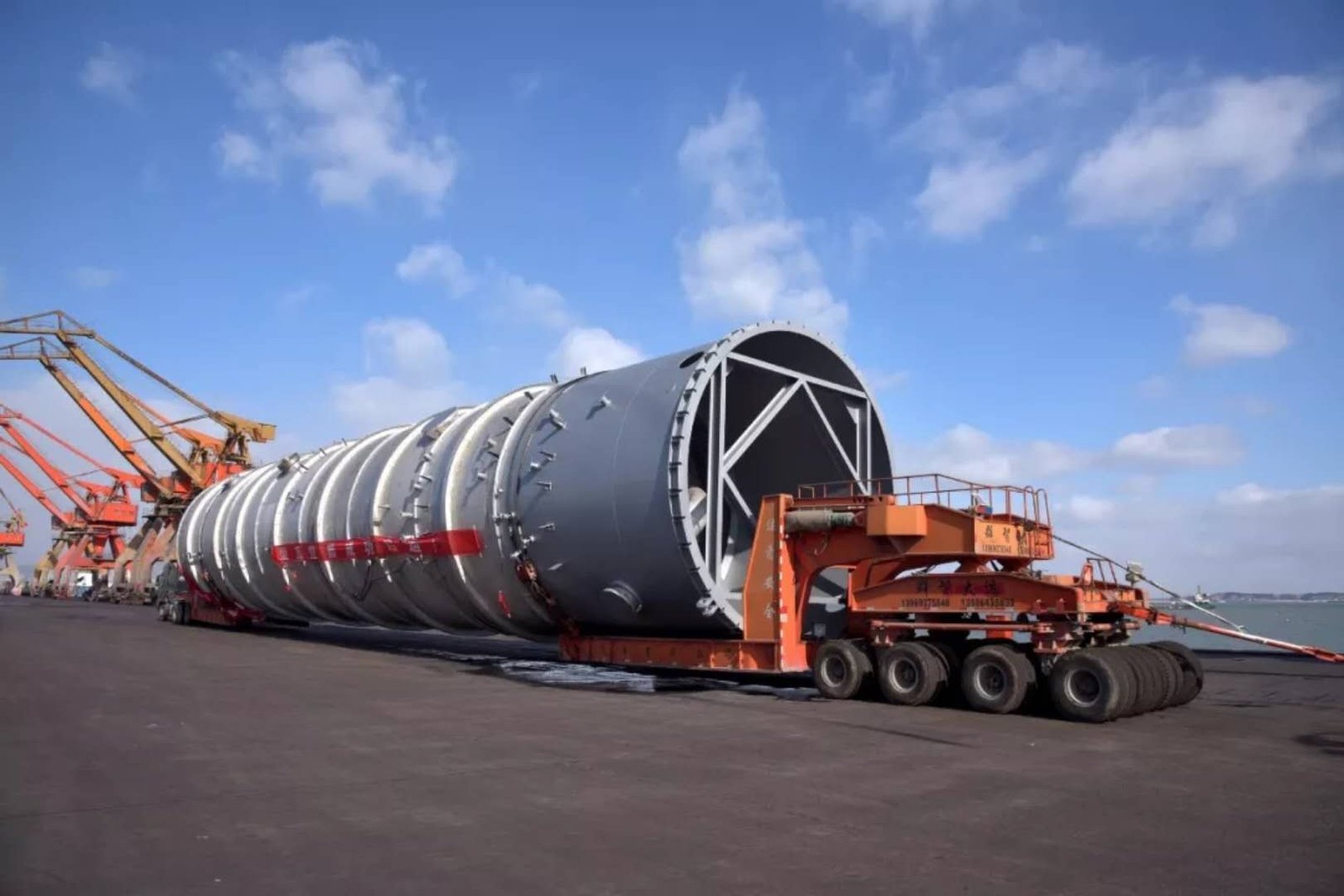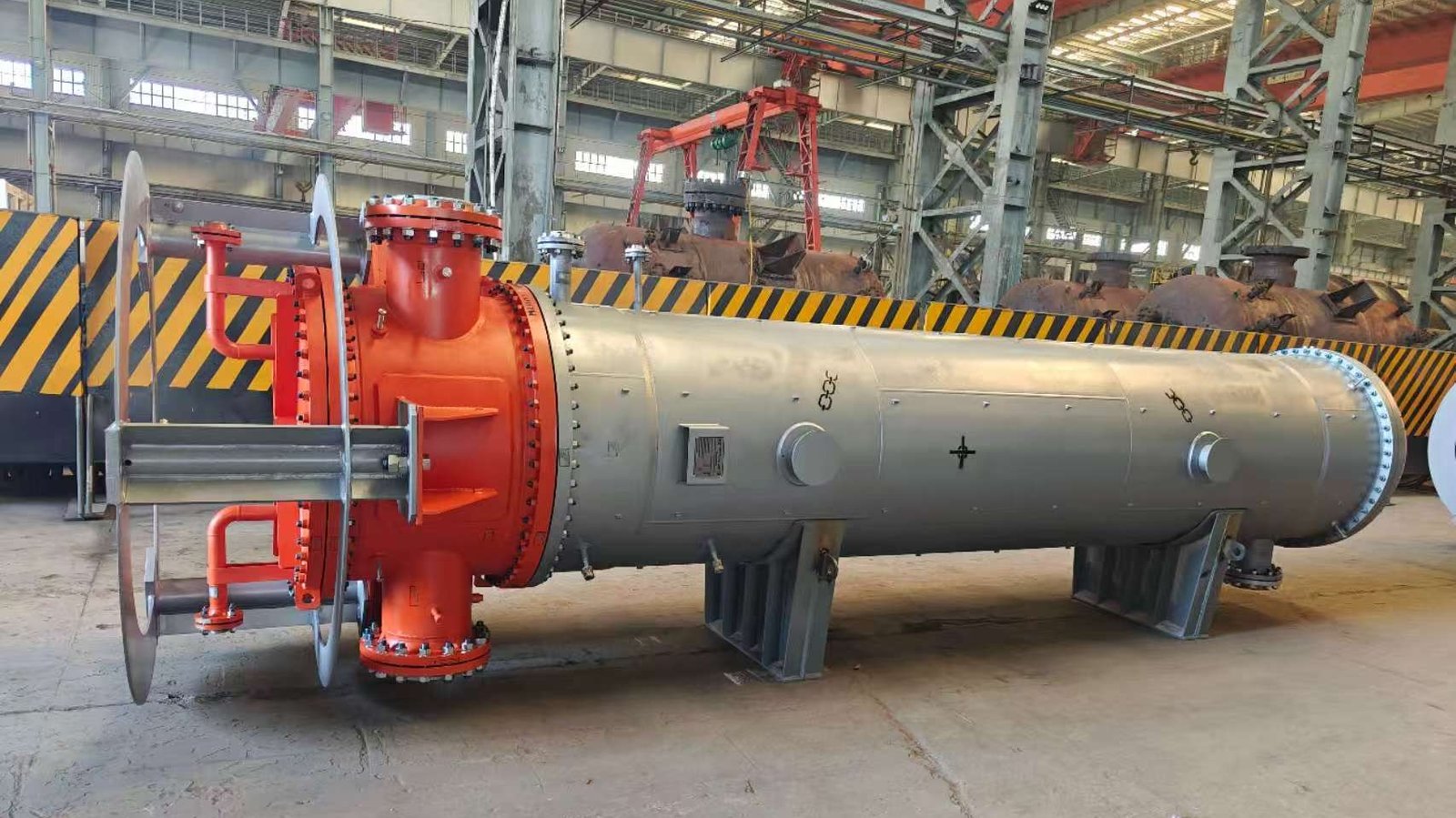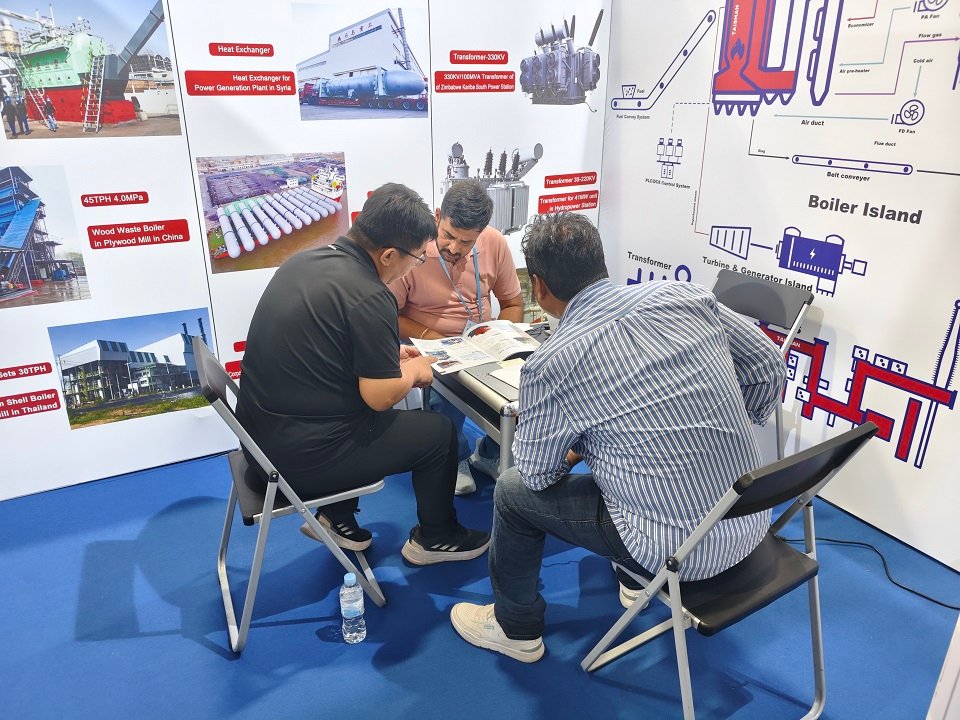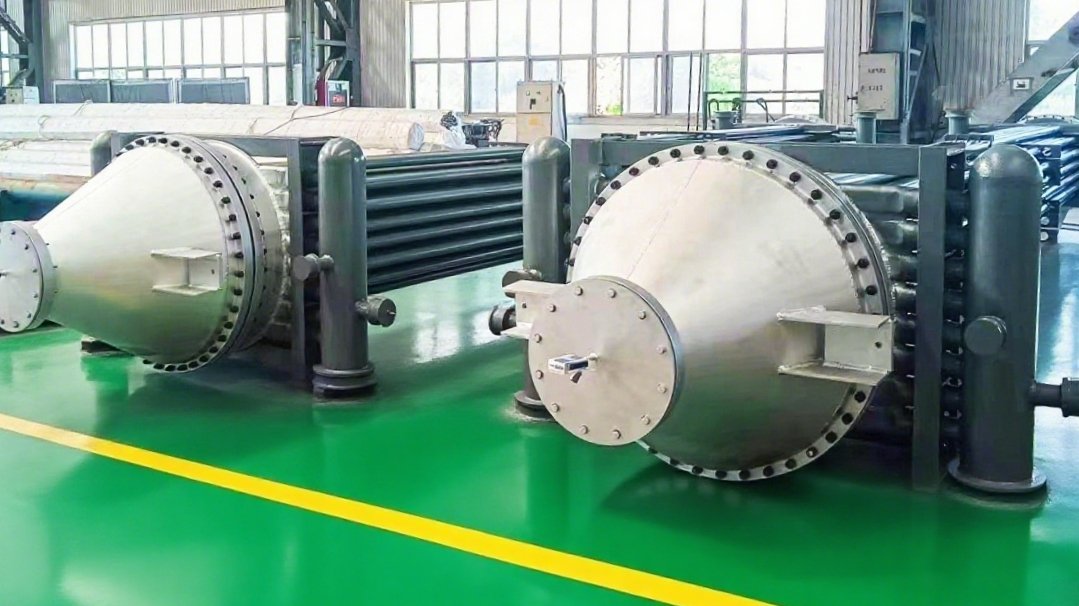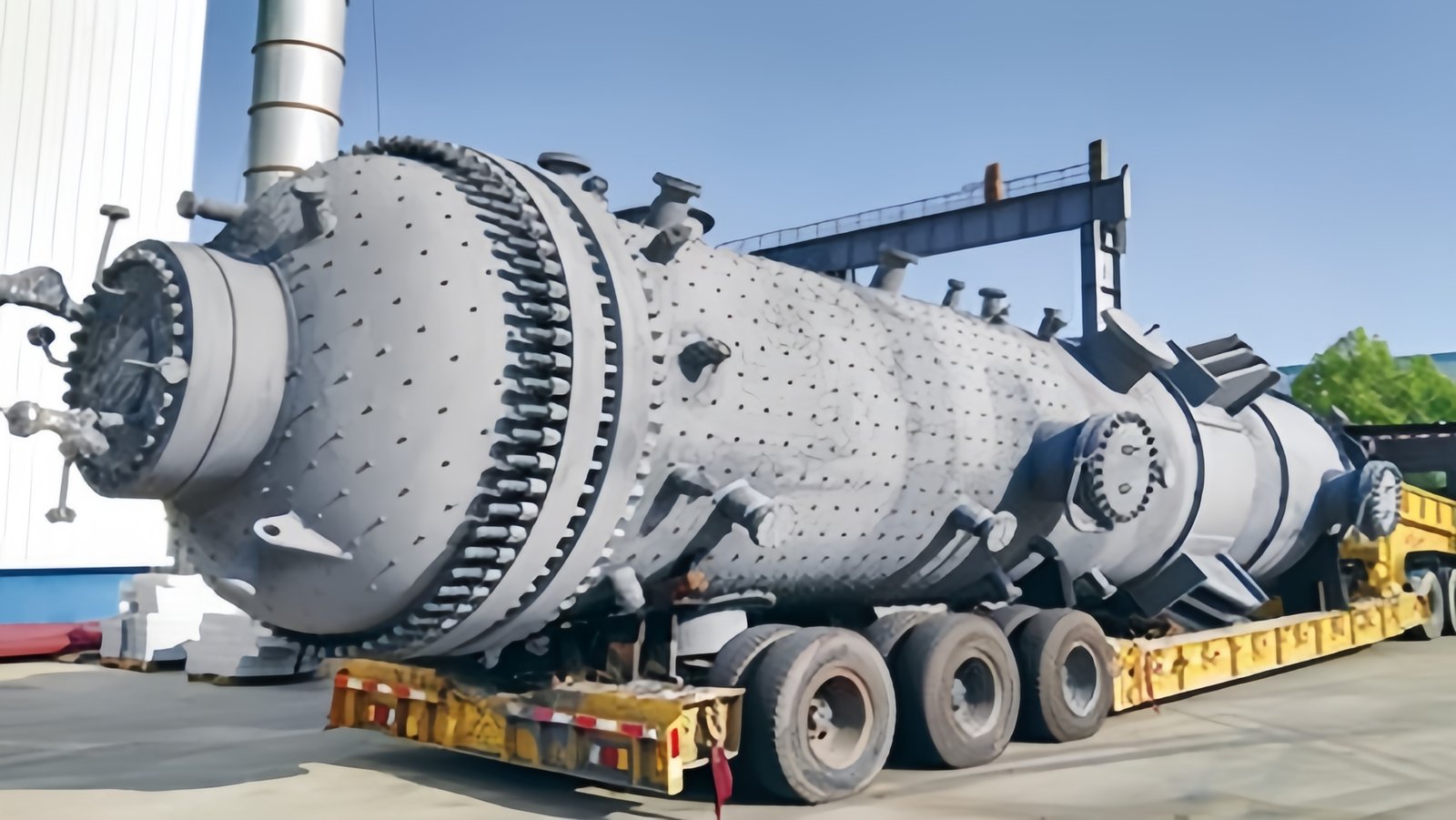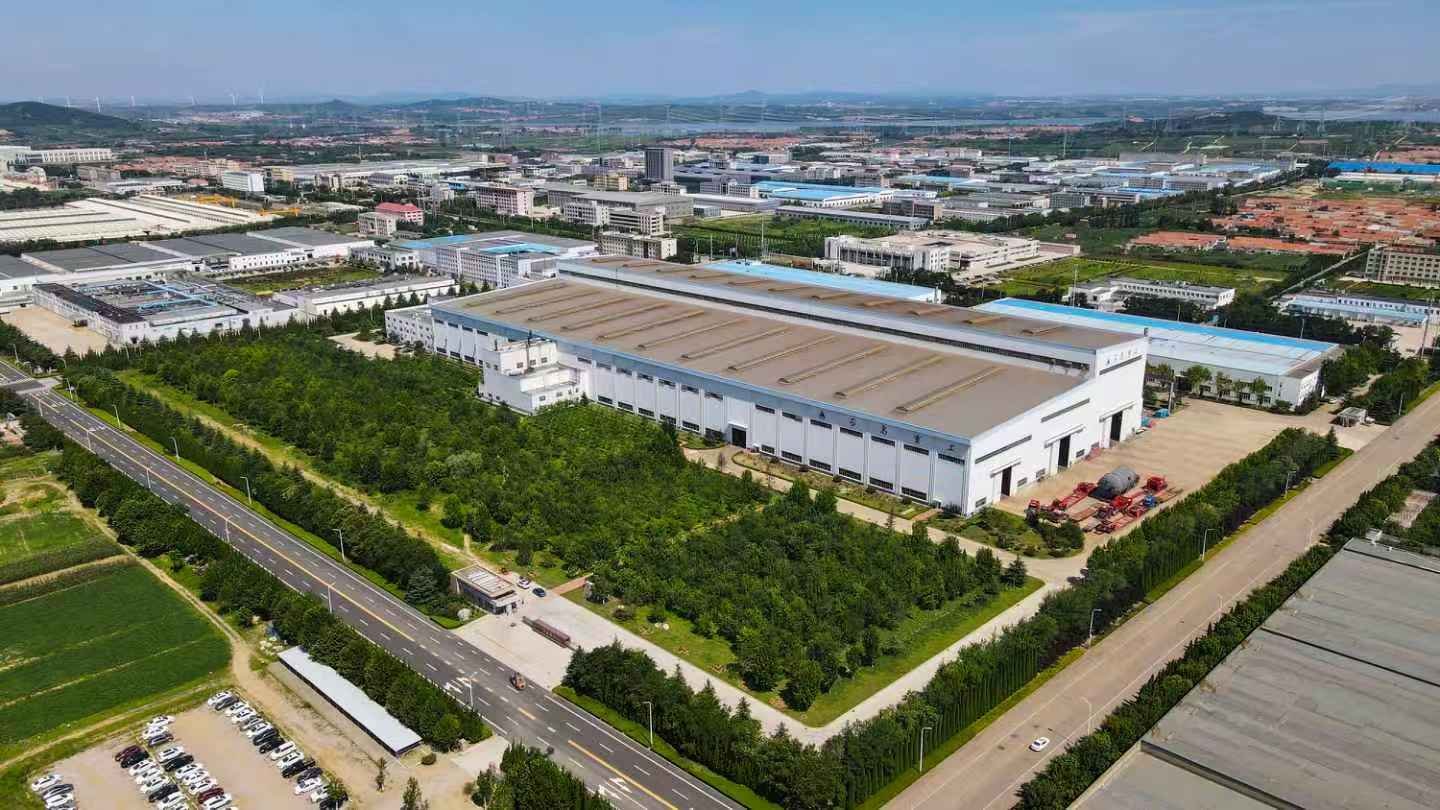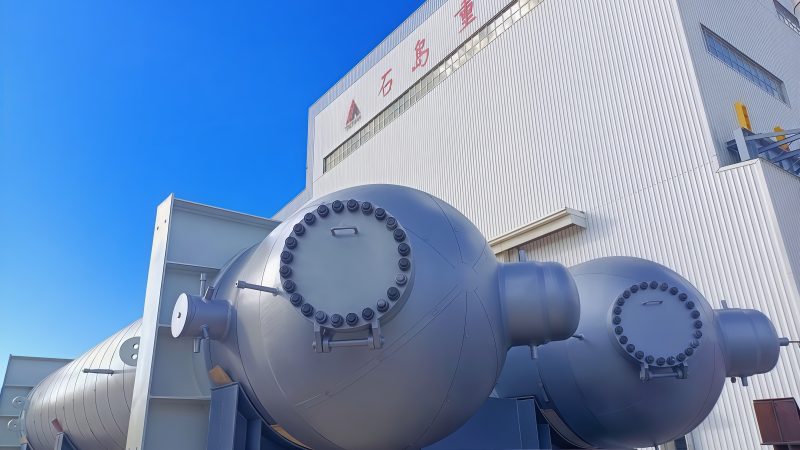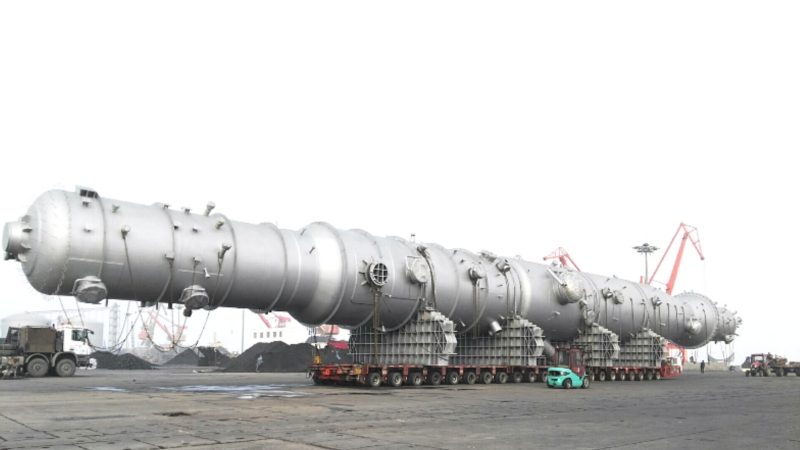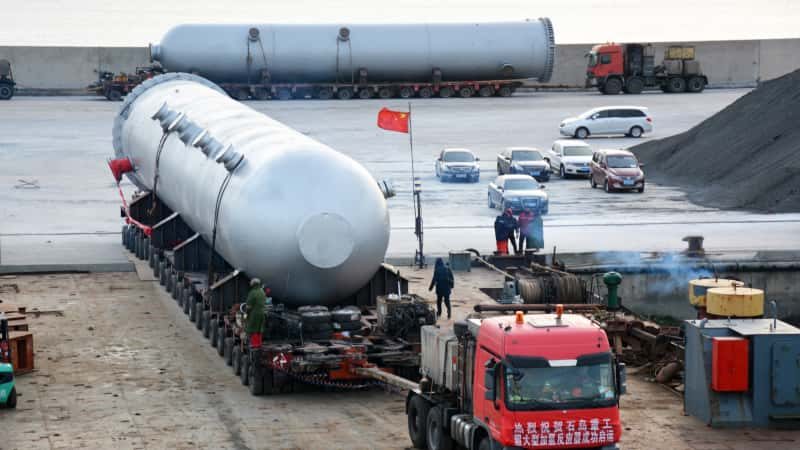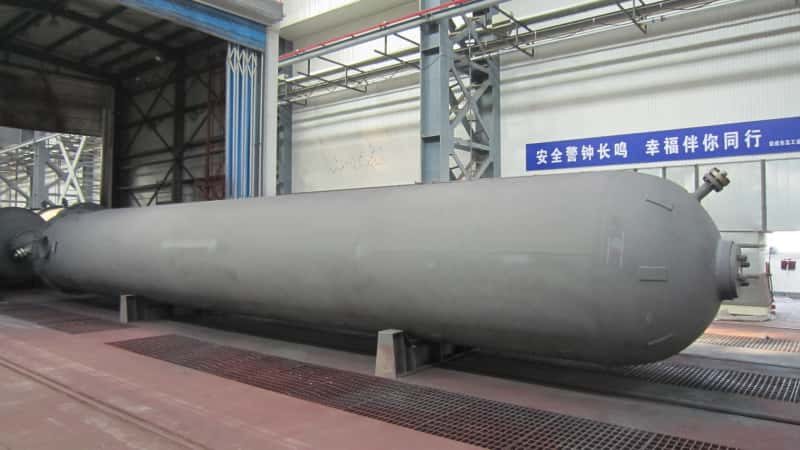\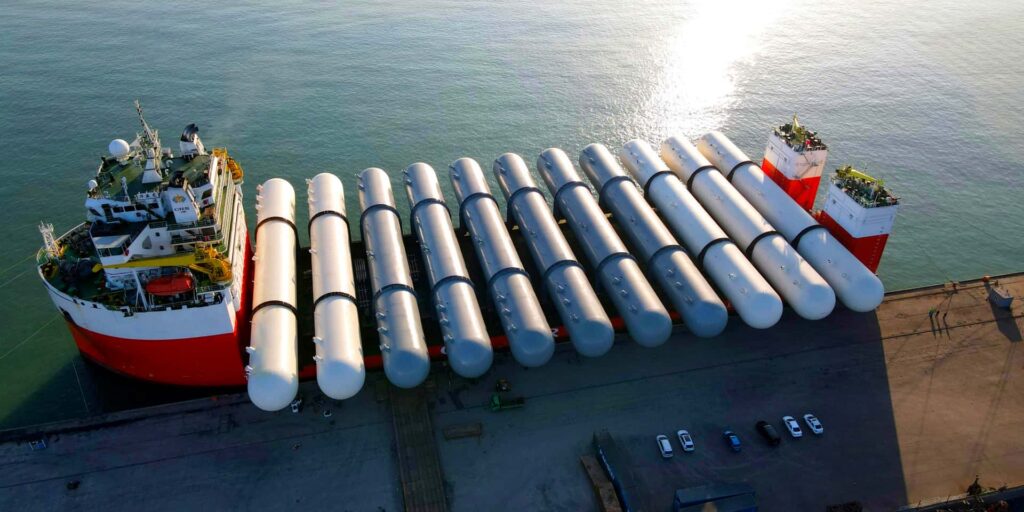 по умолчанию[/caption]
по умолчанию[/caption]
In industrial operations, a single design flaw in equipment used to store or transport pressurized contents can lead to catastrophic failures—ranging from explosions and toxic leaks to significant financial losses and human casualties. Many businesses underestimate the strict definitions and classifications of сосуды под давлением, leading to non-compliance with safety codes, improper maintenance, and legal liabilities. Understanding what officially qualifies as a pressure vessel is not just an engineering concern—it’s a compliance and safety imperative. In this article, I’ll walk you through the practical, legal, and engineering standards that determine what qualifies as a pressure vessel, helping you make informed decisions and ensure operational safety.
A pressure vessel is any container designed to hold gases or liquids at a pressure substantially different from the ambient pressure, typically exceeding 15 psi (1 bar), and it must meet the definition and design criteria specified by recognized standards such as the ASME Boiler and Pressure Vessel Code (BPVC) Section VIII or equivalent international standards.
If you’re managing equipment in chemical plants, refineries, or even high-pressure boilers in commercial buildings, it’s critical to understand the criteria that make a component a pressure vessel under the law. Keep reading to uncover the full technical definitions, design criteria, regulatory frameworks, and classification systems that apply across industries worldwide.
\
Pressure vessels must always operate above atmospheric pressure.ЛОЖЬ
Some pressure vessels are designed to operate under vacuum or partial vacuum, which is still considered a pressure differential from atmospheric pressure.
Understanding the Core Definition of a Pressure Vessel
А сосуд под давлением is not simply any tank or container. The term has specific engineering and legal definitions. In most jurisdictions, a vessel is defined as a closed container designed to hold a gas or liquid at a pressure substantially different from the ambient pressure, regardless of the direction of the pressure differential (i.e., positive or vacuum).
Key Defining Factors
| Параметр | Typical Requirement/Threshold |
|---|---|
| Внутреннее давление | Greater than 15 psi (1.03 bar) or per jurisdiction |
| Volume Capacity | No universal minimum, but registration often required for >5 liters |
| Temperature Tolerance | Typically from -20°C to +400°C (can vary by material and design) |
| Standard Compliance | ASME Section VIII, PED (EU), JIS (Japan), GB (China) |
| Дизайн жизни | Often ≥20 years with scheduled inspections |
| Shape and Structure | Cylindrical, spherical, or ellipsoidal heads are typical |
Examples of Pressure Vessels
| Тип | Приложение |
|---|---|
| Horizontal Storage Tanks | Propane, LPG, ammonia |
| Reactors and Heat Exchangers | Petrochemical and pharmaceutical processes |
| Steam Drums | Power generation systems |
| Резервуары для сжатого воздуха | Compressed air systems |
| Автоклавы | Стерилизация под давлением |
Regulatory and Standard Designation
ASME BPVC Раздел VIII
The ASME Boiler and Pressure Vessel Code, particularly Section VIII, remains the gold standard in the U.S. and globally for defining and governing pressure vessels. According to ASME:
A pressure vessel is a container for the containment of pressure, either internal or external. The pressure may be obtained from an external source or by the application of heat from a direct or indirect source.
Section VIII is divided into three divisions:
- Division 1 – General pressure vessels (up to \~3,000 psi)
- Division 2 – Alternative rules for high-pressure vessels
- Division 3 – Vessels for pressure above 10,000 psi
Technical Design Criteria for Pressure Vessels
Pressure vessels must satisfy several technical requirements that distinguish them from standard tanks or pipelines.
Расчет толщины стенки
Engineers calculate the minimum wall thickness to withstand design pressures using formulas like:
t = \frac{P \cdot R}{SE – 0.6P}
Где:
- $t$ = Minimum required thickness
- $P$ = Design internal pressure
- $R$ = Inside radius
- $S$ = Allowable stress
- $E$ = Weld joint efficiency
Выбор материала
The material must be selected based on:
- Pressure and temperature range
- Corrosion resistance
- Code compliance (e.g., SA-516, SA-240, Inconel, etc.)
Safety Accessories
By code, pressure vessels must include:
- Pressure relief devices
- Drainage and venting systems
- Nameplates showing design specifications
- NDE (Non-Destructive Examination) records
Common Misconceptions and Legal Traps
Many companies misclassify equipment or fail to realize that certain vessels—even small ones—qualify as regulated pressure vessels.
| Misclassified Equipment | Actual Status |
|---|---|
| Air compressors with storage tank | Vessel qualifies under ASME Section VIII |
| Chillers with pressurized coils | May be exempt or included based on code interpretation |
| Coffee machines with pressure | Often regulated in commercial kitchens |
| Vacuum tanks | Still considered pressure vessels if under vacuum |
\ Any vessel operating below 15 psi is not a pressure vessel.ЛОЖЬ While 15 psi is a general threshold, certain applications with lower pressure but hazardous contents can still fall under pressure vessel codes.
International Perspectives and Compliance
In Europe, the Pressure Equipment Directive (PED 2014/68/EU) is the legal framework for pressure vessel design and operation.
PED Classification Table
| Категория | Pressure (PS) | Volume (V) | Hazard Level |
|---|---|---|---|
| I | Низкий | <50 liters | Water, non-hazardous gases |
| II | Середина | 50–200 liters | Steam, refrigerants |
| III | Высокий | >200 liters | Flammable liquids/gases |
| IV | Очень высокий | >1,000 liters | Toxic, flammable, corrosive |
Each category carries different requirements for CE marking, notified body involvement, and documentation.
Case Study: A Misjudged Vessel That Caused an Explosion
Scenario
A food processing plant installed a steam vessel to accelerate cooking processes. The vessel was not certified under ASME and lacked a pressure relief valve. Despite operating at only 12 psi, a thermal expansion incident caused a catastrophic rupture, resulting in over \$1 million in damages.
Key Takeaways
- Even low-pressure vessels can be dangerous if they store steam or are closed systems.
- Certification, even when not legally mandated, often prevents failures.
Краткое содержание
Understanding what qualifies as a pressure vessel is essential not just for engineers, but for facility managers, procurement teams, and compliance officers. From design pressure and materials to legal classification and international codes, pressure vessels are highly regulated for good reason. Whether you’re designing a new system or auditing an existing facility, ensure every vessel is accurately classified and compliant with the governing code.
Ready to Get Expert Help?
Need assistance determining whether your equipment qualifies as a pressure vessel? Or looking to design and fabricate ASME-certified pressure vessels for your facility? Свяжитесь с нами сегодня for a consultation with one of our certified engineers or procurement specialists. We ensure full compliance, engineering precision, and lifecycle safety.



